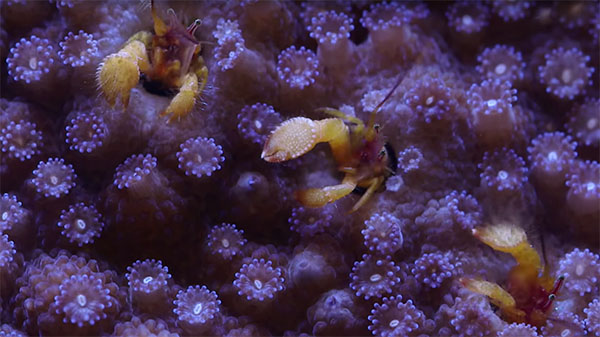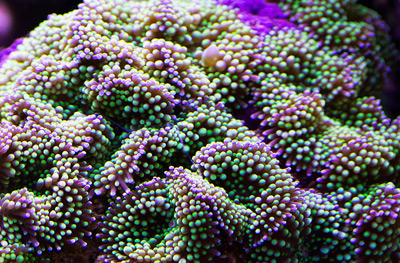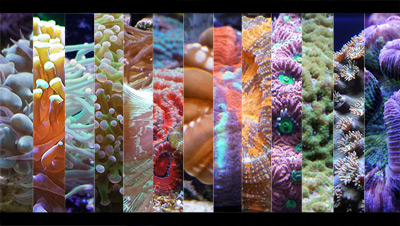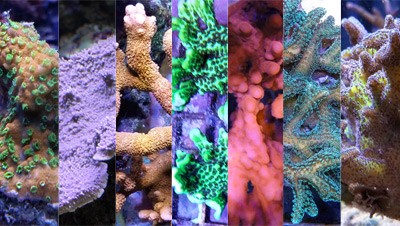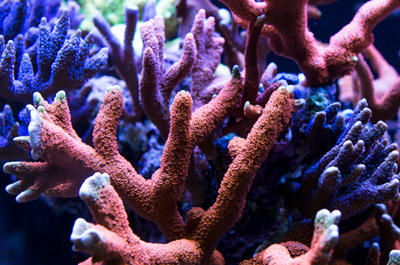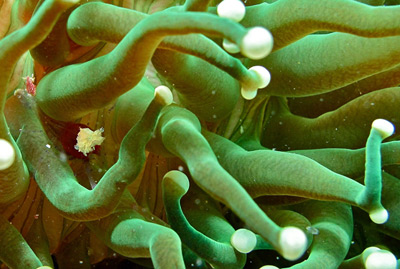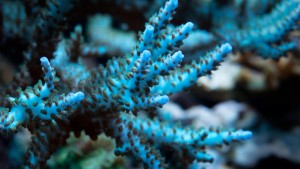Symbiotic relationships are among the most interesting aspects of this hobby. A coral reef is a battlefield for real estate; however, there are still amazing examples of cooperation between completely different animals. Everyone is very familiar with clownfish and anemones,…
Ricordea florida: an Underappreciated Caribbean Beauty
As an American reefkeeper, it’s all too easy for me to forget that some truly gorgeous invertebrate livestock originates relatively close to home in the tropical western Atlantic and Caribbean. I was reminded of this recently when CC entrusted several…
The Best Beginner Large-Polyp Stony Corals
Throughout my years as an aquarium enthusiast, I have followed all the advice from all the books I could get my hands on since there were no other hobbyists with the same interest as I in my circle of friends…
The Best Beginner Small-Polyp Stony Corals
Upon entering the world of small polyp stony corals (or SPS), many people ask the magic question, “Which types are best for beginners?” In my opinion the most beginner-friendly choices are found in the genera Montipora, Pocillopora, Seriatopora, and Stylophora.…
So Much to Dig about Montipora digitata!
As I grew to love SPS corals, one in particular stood out and caught my eye: Montipora digitata. I have found M. digitata to be a fast-growing, hardy SPS coral that, once established in a well-balanced reef tank, can really…
Anemone Lookalike: The Long-Tentacled Plate Coral
Easily mistaken for an anemone at first glance, Heliofungia actiniformis is a large-polyp stony (LPS) coral that can be an excellent option for reefkeepers with modest-sized systems. Even relative newcomers to the reefkeeping hobby can succeed with this species, provided…
6 Ways to Prevent Photoshock in Aquarium Corals
Many of the corals and other sessile invertebrates we keep in reef aquariums are considered “photosynthetic,” meaning much of their nutrition is produced by photosynthetic algae (zooxanthellae) residing in their tissues. Thus, there is a direct link between the type…


